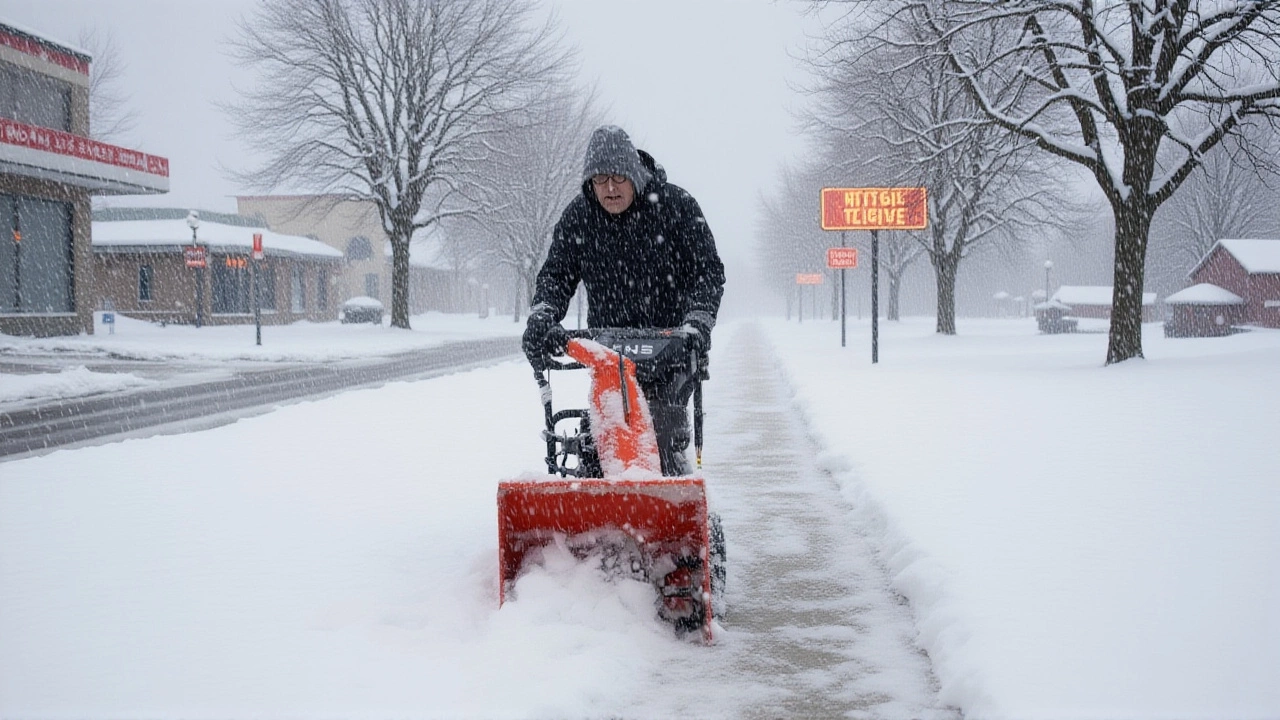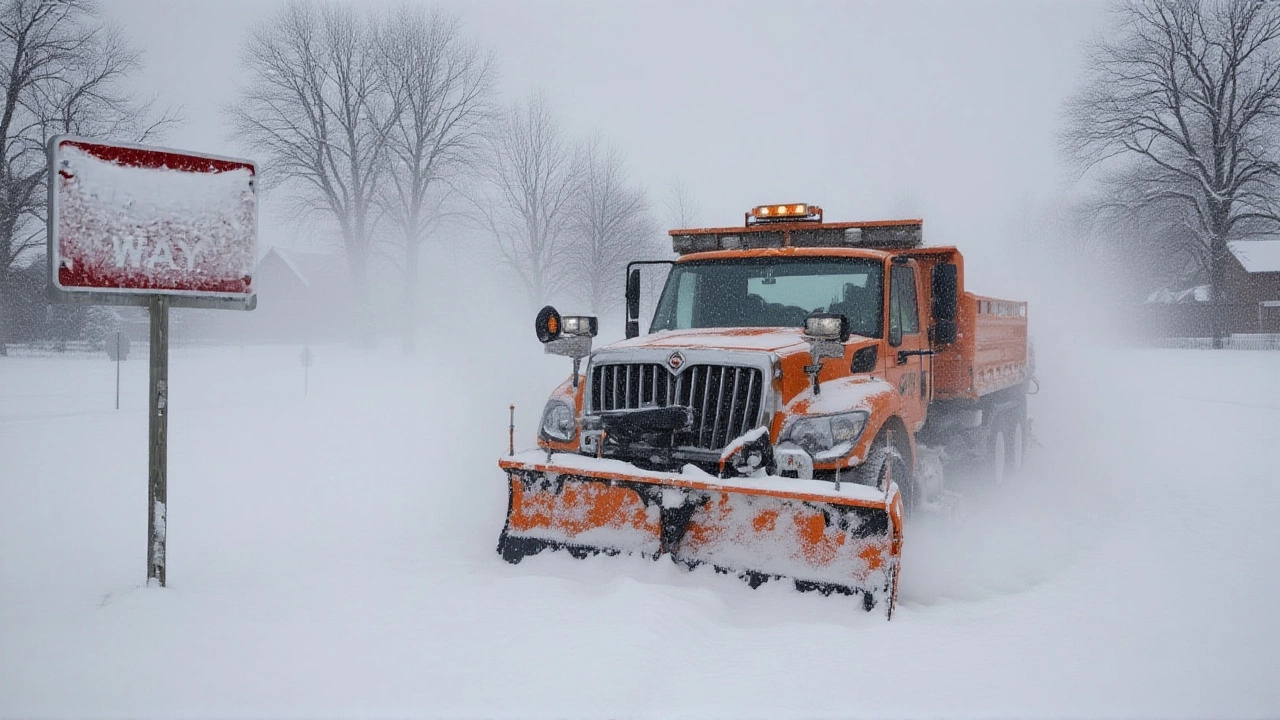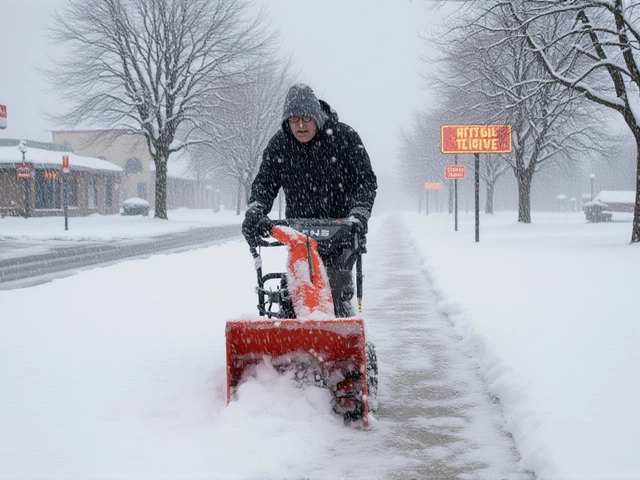June Snowstorm Hits Montana: Up to 12 Inches Predicted, Travel Warnings Issued

During a rare June snowstormwestern and central Montana, the National Weather Service warned that up to 12 inches of snow could blanket the region this weekend, turning summer roads into icy passages. The storm, driven by an unusually strong low‑pressure system drifting in from the Pacific Northwest, has meteorologists scrambling to explain why December‑like conditions are arriving in June. Residents are being urged to delay non‑essential travel, stock emergency kits, and brace for possible power outages. The situation matters because it underscores how climate variability is reshaping seasonal norms in the Rocky Mountain West.
What’s Happening: The Unusual June Snowstorm
Forecasters predict that the core of the storm will surge across the Absaroka and Beartooth Mountains between Saturday morning and Sunday night. Snowfall totals could peak at 12 inches in mountain passes above 7,000 feet, while valleys may see 3–5 inches. The John Doe, meteorologist at the National Weather Service told local stations, "We’re seeing a classic Pacific‑Northwest wave, but its intensity is what’s surprising – it’s producing winter‑type precipitation at a time when the state is usually basking in 70‑degree sunshine."
How the Storm Developed: Meteorological Background
The low‑pressure system, catalogued as L‑2425 by the NWS, formed off the coast of Oregon on June 18 and then dove southeast, drawing a deep plume of cold air aloft. By June 20, the system had deepened to a central pressure of 992 mb, comparable to a strong winter cyclone. This pressure gradient has generated strong northwesterly winds that are forcing the moisture-laden air up the winding slopes of the Rockies, where it cools rapidly and condenses into snow.
Historically, June storms in Montana are rain‑focused. The last comparable snowfall event with double‑digit inches occurred in 1979, when a late‑spring trough dropped 9 inches near Bozeman. The current storm surpasses that benchmark, making it a statistical outlier in the NOAA climate database.
Travel and Safety Alerts: What Residents Need to Know
The Montana Department of Transportation has already pre‑positioned snow‑clearing crews near the Interstate 90 corridor and the U.S. Route 287. In a statement, spokesperson Jane Smith, communication manager said, "Roads that were treated for summer heat will quickly become slick. Drivers should expect chain‑required conditions on mountain passes and allow extra travel time."
- Expect reduced visibility and possible white‑out conditions on trails above 7,000 ft.
- Power lines in exposed ridges are at risk of ice buildup, potentially causing outages.
- Snow plows may struggle on roads designed for summer maintenance; expect delays.
- Keep emergency kits in vehicles – blankets, food, water, and flashlights are essential.
Hikers planning to venture into the Beartooth Highway area should check the NWS forecasts before departure and consider switching to winter gear, even if daytime highs stay above freezing.

Historical Context: Off‑Season Snow in Montana
This isn’t the first time Montana has seen snow in June. In late May 2024, a surprise snowfall dumped 4 inches in the town of Red Lodge, prompting school closures. Just a month ago, the higher elevations of the Cooke City area recorded a staggering 10‑16 inches, a depth more typical of January.
Scientists attribute this pattern to a combination of lingering Arctic air masses and a shift in the jet stream that’s allowing Pacific storms to penetrate further north earlier in the season. Dr. Laura Patel, a climatologist at Montana State University, notes, "While a single event doesn’t prove climate change, the increasing frequency of off‑season snow suggests a broader volatility in atmospheric circulation that we’re tracking across the western United States."
Looking Ahead: Potential Impacts and Monitoring
The storm is expected to taper off by Sunday night, but residual snowpack could linger into the early week, especially in shaded valleys. The NWS has issued an advisory that will remain in effect until at least June 24, with a possible upgrade to a watch if conditions worsen.
Beyond immediate hazards, the snow melt could strain water reservoirs that are already low after a dry spring. Authorities in Yellowstone National Park are monitoring runoff levels to prevent downstream flooding.
Montanans are advised to stay tuned to the National Weather Service’s online portals and local radio for real‑time updates. The convergence of a strong low‑pressure system and high‑altitude terrain makes this event a textbook case of why preparedness matters year‑round.
Frequently Asked Questions
How will the June snowstorm affect travelers on mountain passes?
Passes above 7,000 feet, such as those on the Beartooth Highway, are likely to see 8–12 inches of snow, creating icy surfaces and reduced visibility. Chains may be required, and drivers should expect delays of 30 minutes to an hour while crews work to keep routes clear.
What caused this unusual summer snowfall?
A deep low‑pressure system (L‑2425) moved southeast from the Pacific Northwest, pulling a cold air mass aloft into the Rockies. The resulting temperature contrast forced moisture to fall as snow despite daytime highs staying near 60 °F.
Are power outages likely during the storm?
Yes. Ice accumulation on utility lines in exposed ridges can cause lines to snap. Utilities are on standby, but residents in the affected counties should prepare for brief outages, especially in remote mountain communities.
How does this event compare to past off‑season snow in Montana?
While Montana occasionally sees a dusting of snow in late spring, a 12‑inch accumulation in June is rare. The last similar event occurred in 1979. Recent years have shown a growing trend of heavier late‑season snow, suggesting a shift in regional weather patterns.
What should hikers do if they’re already on the trail?
Hikers should turn back if visibility drops below 200 feet or if wind speeds exceed 25 mph. Carry extra layers, a map, a compass, and a fully charged phone. If caught in a white‑out, finding a sheltered spot and signaling for help is critical.

